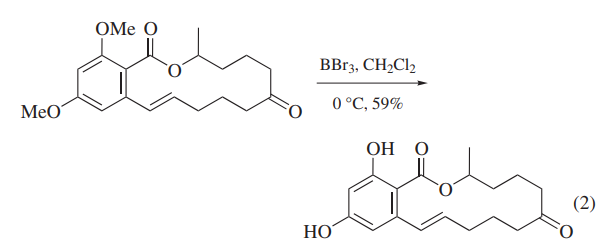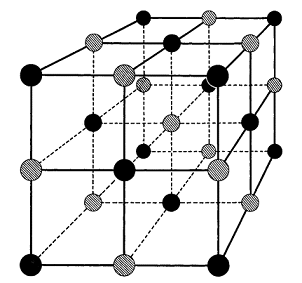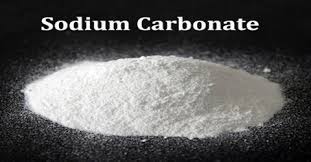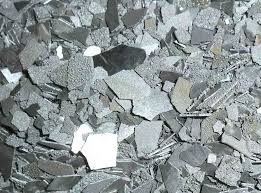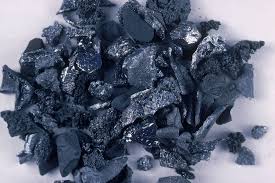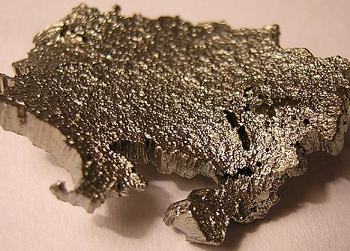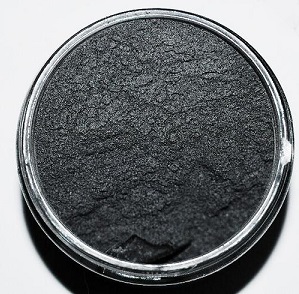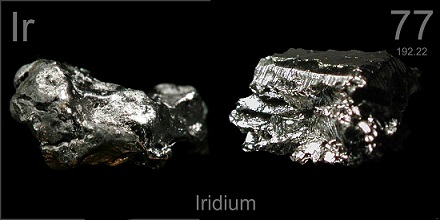Inorganic chemicals is the shortened form of inorganic chemical industry and is an important branch of the chemical industry with natural resources and industrial by-products as raw materials for the production of sulfuric acid, nitric acid, hydrochloric acid, phosphoric acid, soda ash, caustic soda, synthetic ammonia, fertilizer and inorganic salts, etc. This includes sulfuric acid industry, soda industry, the chloro-alkali industry, synthetic ammonia industry, fertilizer industry and mineral industry. Its broad definition also includes the production of inorganic non-metallic materials and fine inorganic product such as ceramics and inorganic pigment. The main raw material of inorganic chemical products are mineral product including sulfur, sodium, phosphorus, potassium and calcium and coal, oil, gas, and air, water and so on. Inorganic chemicals can be traced back to the ancient process of ceramics, alchemy, brewing, dyeing at thousands of years ago. Although with small scale, backward technology and pure manual manipulation, but it is the prototype of inorganic chemicals. For thousands of years, due to the low productivity, it gets slow development. Until the 18th century, it had developed rapidly. In the middle of 18th century, Britain had first applied lead chamber method using saltpeter and sulfur as raw materials to produce sulfuric acid. In 1783, Lu Bulan (France) proposed the soda method using sodium chloride, sulfuric acid, coal as raw materials. In the latter half of the 18th century, the modern chemical industry taking inorganic chemical industry as the main content had began to emerge. In 1841, people began the production of phosphate fertilizer; In 1965 Belgian Solvay realized the industrialization of ammonia soda for production of soda; with the rise of preparing potassium industry in 1870; In 1890, people began to use electrolytic approach for making Cl2 and caustic soda; In 1913, people had achieved the catalytic synthesis
Applications of Boron tribromide
Boron tribromide, BBr3, is a colorless, fuming liquid compound containing boron and bromine. Commercial samples usually are amber to red/brown, due to weak bromine contamination.
Nov 11,2019 Inorganic chemistryHow Is Silver Bromide Used in Photography?
Silver bromide is used in photography as a component of an emulsion that helps develop a photographic image. Silver bromide is sensitive to light, and when suspended in gelatin, silver bromide's grain
Nov 6,2019 Inorganic chemistryEverything About Sodium Carbonate
Sodium carbonate is used in several cleaning products, including green cleaning ones, due to its disinfectant properties and ability to cut through grease and soften water.
Nov 5,2019 Inorganic chemistryApplication of Manganese
Manganese is a chemical element with the symbol Mn and atomic number 25. It is not found as a free element in nature; it is often found in minerals in combination with iron. Manganese is a transition
Oct 24,2019 Inorganic chemistryGraphene Oxide: Introduction and Market News
Graphene oxide is an oxidized form of graphene, laced with oxygen-containing groups. It is considered easy to process since it is dispersible in water (and other solvents), and it can even be used to
Oct 21,2019 Inorganic chemistryApplication and Pharmacologic action of Boron
Boron is a mineral that is found in food such as nuts and the environment. People take boron supplements as medicine.
Oct 16,2019 Inorganic chemistryFacts About Scandium
Scandium is a silvery metal that is soft and has a density of about three times that of water. Scandium is a transition metal and is also considered a rare earth element due to similar chemical proper
Oct 15,2019 Inorganic chemistryPharmacodynamic effect of Activated charcoal
Common charcoal is made from peat, coal, wood, coconut shell, or petroleum. "Activated charcoal" is similar to common charcoal. Manufacturers make activated charcoal by heating common charcoal in the
Oct 15,2019 Inorganic chemistryWhat’s So Special About Platinum?
Platinum is a naturally occurring chemical element that is actually about 30 times rarer than gold, according to Jenny Luker, president of Platinum Guild International USA (PGI), a marketing organizat
Oct 14,2019 Inorganic chemistryIridium's impact
The story of iridium is both modern and prehistoric. It was discovered along with osmium in 1803 by the British chemist Smithson Tennant, born in 1761 in Selby, Yorkshire. Tennant studied medicine but
Oct 14,2019 Inorganic chemistry



